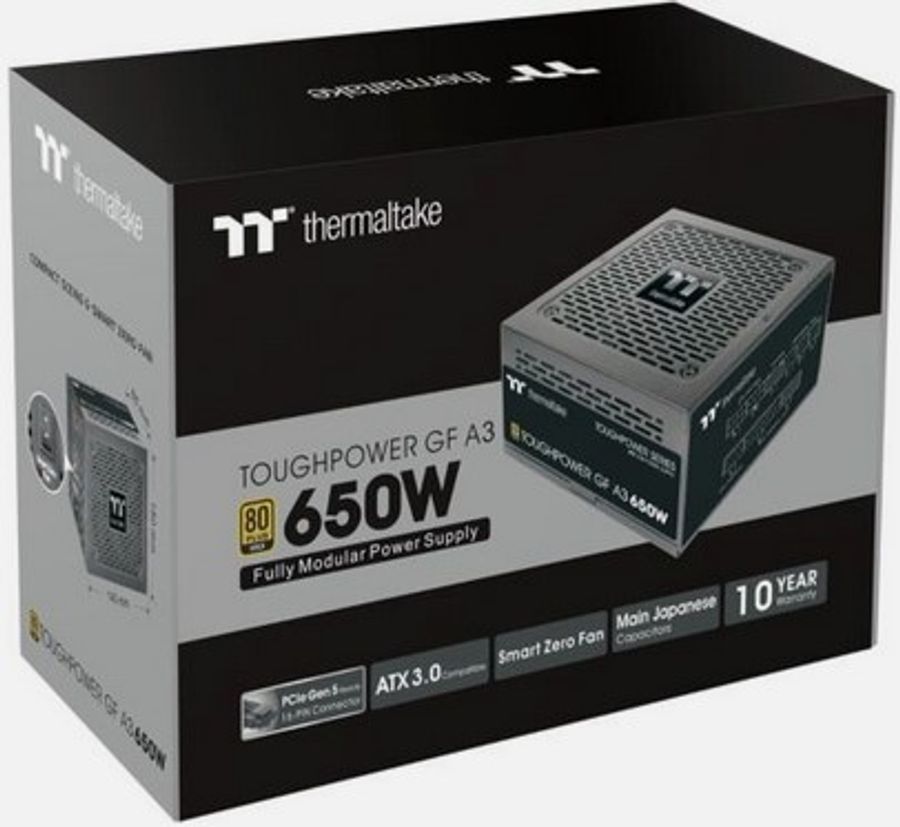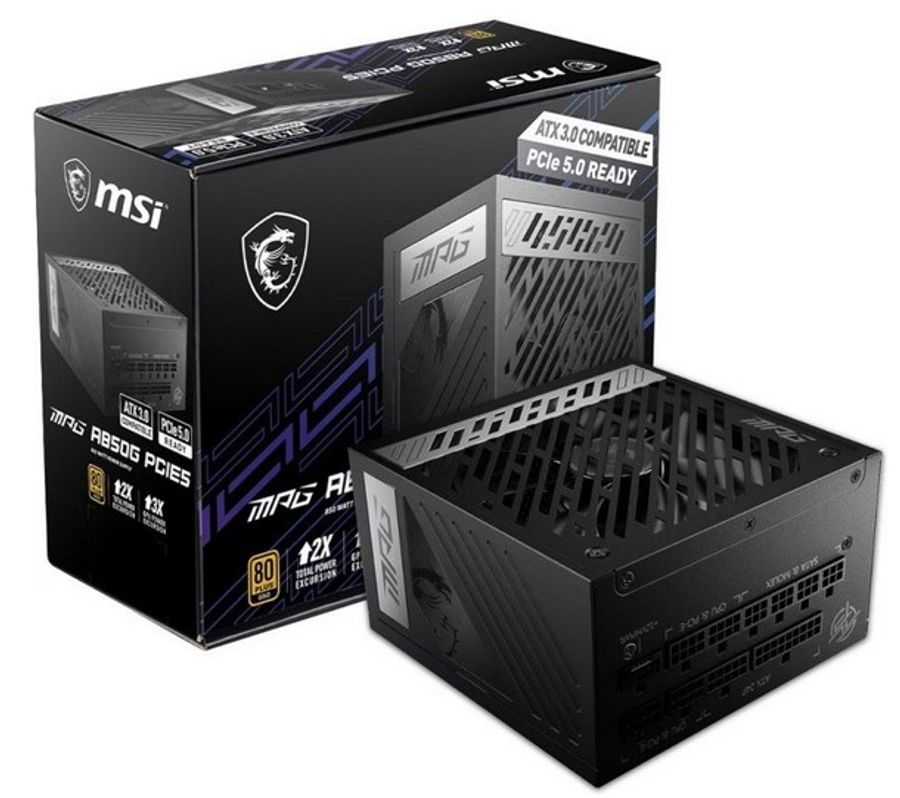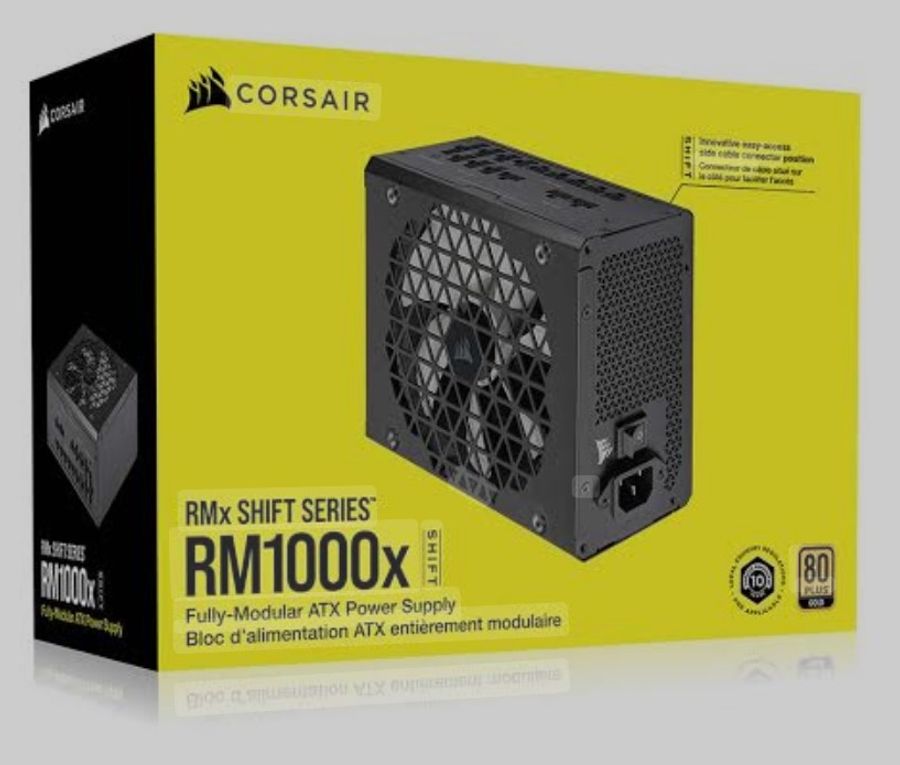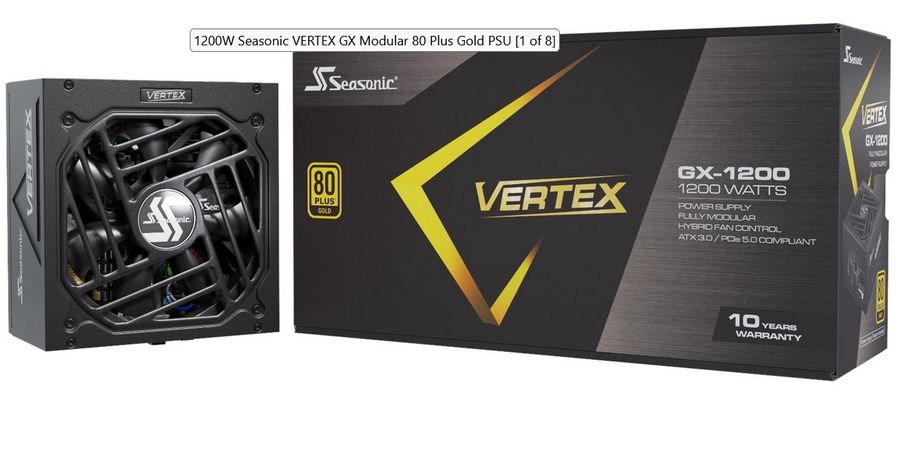Don't Skimp on the Juice: Best PSUs for Gaming PCs in 2025 (ATX 3.0 & 12V-2x6 Guide)
Introduction: Powering the Beast
So, you've got your eyes on a beastly new GPU like the RTX 5090, or maybe the powerhouse Ryzen 9800X3D. Fantastic! But hold on a second... what's going to feed these hungry components? Your power supply unit (PSU) is the unsung hero of your PC build. Skimping on it is like putting cheap gas in a Ferrari – a recipe for disaster. In 2025, with components guzzling more watts than ever and new standards emerging, choosing the right PSU is critical. This guide will navigate the complexities of modern PSUs, covering ATX 3.0, 12VHPWR/12V-2x6 connectors, efficiency ratings, and recommending top picks available on Amazon to keep your rig stable, efficient, and safe.
Why Your PSU Choice Matters More Than Ever
A PSU doesn't just deliver power; it ensures the *quality* and *stability* of that power. A cheap, unreliable PSU can lead to:
- System Instability: Random crashes, freezes, or failure to boot, especially under load.
- Component Damage: Poor voltage regulation or inadequate protection can fry your expensive CPU or GPU.
- Inefficiency: Lower-rated PSUs waste more energy as heat, increasing your electricity bill and potentially requiring more case cooling.
- Lack of Future-Proofing: Not having the right wattage or connectors (like the new 12V-2x6) can limit future upgrades.
Investing in a quality PSU from a reputable brand is essential for protecting your investment and ensuring a smooth computing experience.
Decoding PSU Jargon: What You Need to Know in 2025
Wattage: How Much Power Do You Need?
This is the total power output capacity. Modern high-end GPUs (like the RTX 4090/5090) and CPUs can have significant power spikes (transient loads). It's crucial to have enough wattage headroom. Don't just add up the TDP of your components; use a PSU calculator (like those from OuterVision or Cooler Master) and add 100-200W headroom for safety and future upgrades. For typical gaming rigs in 2025:
- Mid-Range (e.g., RTX 4070/RX 7800 XT): 650W - 750W is often sufficient.
- High-End (e.g., RTX 4080/5080, Ryzen 7/Core i7): 850W - 1000W is recommended.
- Enthusiast (e.g., RTX 4090/5090, Ryzen 9/Core i9, Overclocking): 1000W - 1200W+ is often necessary, especially with ATX 3.0 considerations.
Efficiency Rating (80 Plus)
This indicates how efficiently the PSU converts AC power from your wall to DC power for your components. Higher efficiency means less wasted heat and lower electricity bills. Look for:
- 80 Plus Bronze: Minimum acceptable standard for budget builds.
- 80 Plus Gold: Excellent balance of price and efficiency for most gaming PCs.
- 80 Plus Platinum / Titanium: Highest efficiency, best for high-end systems or if energy saving is paramount (often comes at a premium price).
Modularity: Tangle-Free Building
- Fully Modular: All cables are detachable. Best for clean builds and easy cable management, as you only connect what you need.
- Semi-Modular: Essential cables (motherboard, CPU) are attached; peripheral cables (PCIe, SATA) are detachable. Good compromise.
- Non-Modular: All cables are permanently attached. Cheapest option, but cable management can be a nightmare.
For most builds, Fully or Semi-Modular is highly recommended.
ATX 3.0 / ATX 3.1: Handling Power Spikes
This is a crucial standard for modern PCs, especially those with power-hungry GPUs. ATX 3.0 (and the minor revision ATX 3.1) PSUs are designed to handle large, brief power spikes (excursions) common with new graphics cards. An ATX 3.0 PSU can typically handle excursions up to 2x its total rated wattage and 3x the GPU's rated power draw for short periods without shutting down. This improves stability significantly. **If you're buying a PSU for a new high-end build in 2025, ATX 3.0/3.1 certification is highly recommended.**
12VHPWR / 12V-2x6 Connectors: Powering Next-Gen GPUs
Introduced with the RTX 40 series, the 12+4 pin 12VHPWR connector delivers up to 600W over a single cable. ATX 3.0 PSUs typically include a native 12VHPWR cable. The newer, slightly revised **12V-2x6** connector (part of the ATX 3.1 spec and PCIe 5.1) aims to improve safety and connection reliability. While physically similar and often cross-compatible, native support via an ATX 3.1 PSU is ideal for the latest GPUs that might use it. Look for PSUs explicitly stating ATX 3.0/3.1 and PCIe 5.0/5.1 compatibility and including a native 600W 12VHPWR or 12V-2x6 cable.
Top PSU Picks for 2025 (Available on Amazon)
Here are some reliable, ATX 3.0 compatible PSUs commonly available on Amazon, covering budget, mid-range, and high-end needs:
Thermaltake Toughpower GF A3 650W

- Wattage: 650W
- Efficiency: 80 Plus Gold
- Modularity: Fully Modular
- ATX Standard: ATX 3.0 / PCIe 5.0 Ready
- GPU Connector: 1x 12VHPWR Connector (check specific rating, may not be full 600W capable on lower wattage), standard PCIe
- Cooling: 120mm Fluid Bearing Fan
A great budget-conscious option for builds that need ATX 3.0 compatibility but don't require massive wattage. The Toughpower GF A3 650W offers 80 Plus Gold efficiency and full modularity at an attractive price point. It's suitable for entry-level to mid-range gaming PCs (e.g., RTX 4060/Ti, RX 7600/7700 XT) and provides the necessary connections for modern components, though always double-check its specific 12VHPWR cable rating if using a higher-draw card.
Pros
- Affordable ATX 3.0 Option
- 80 Plus Gold Efficiency
- Fully Modular
- Compact Size
Cons
- 12VHPWR output might be limited on 650W model (verify for specific GPU)
- Fan can be noticeable under load
- Shorter warranty than premium models (Often 5-7 years)
MSI MPG A850G PCIE5 (850W)

- Wattage: 850W
- Efficiency: 80 Plus Gold
- Modularity: Fully Modular
- ATX Standard: ATX 3.0
- GPU Connector: 1x Native 12VHPWR (600W)
- Cooling: 135mm Fluid Dynamic Bearing Fan (Zero RPM mode)
A solid choice for mid-to-high-end builds needing ATX 3.0 compliance without breaking the bank. The MSI MPG A850G PCIE5 offers 850W of reliable Gold-rated power, full modularity for easy building, and native support for the 12VHPWR connector. It's well-suited for systems with GPUs like the RTX 4070 Ti Super, 4080 Super or RX 7900 XTX, providing stable power and handling transient spikes effectively.
Pros
- ATX 3.0 & PCIe 5.0 Ready
- Good build quality and performance
- Fully modular design
- Competitive pricing for features
Cons
- Fan can be audible under heavy load
- Cable quality might not feel as premium as top-tier brands
Corsair RM1000x SHIFT (1000W)

- Wattage: 1000W
- Efficiency: 80 Plus Gold
- Modularity: Fully Modular (Side Connectors)
- ATX Standard: ATX 3.0
- GPU Connector: 1x Native 12VHPWR (600W), standard PCIe cables
- Cooling: 140mm Fluid Dynamic Bearing Fan (Zero RPM mode)
The Corsair RMx SHIFT series brings an innovative design with its connectors placed on the side, potentially simplifying cable management in compatible cases. This 1000W Gold-rated unit is ATX 3.0 certified, fully modular, and uses high-quality Japanese capacitors. It's an excellent choice for high-end gaming PCs and workstations running demanding components like an RTX 4090 or preparing for the RTX 50 series, offering ample power, reliability, and that unique connector placement.
Pros
- Innovative side-mounted connectors
- Excellent performance and reliability (based on RMx platform)
- ATX 3.0 & PCIe 5.0 Compliant
- Quiet operation with Zero RPM mode
- 10-year warranty
Cons
- Side connectors require case compatibility (check dimensions)
- Can be more expensive than standard RMx models
Seasonic VERTEX PX-1200 (1200W)

- Wattage: 1200W
- Efficiency: 80 Plus Platinum
- Modularity: Fully Modular
- ATX Standard: ATX 3.0
- GPU Connector: 1x Native 12VHPWR (600W), standard PCIe cables
- Cooling: 135mm Fluid Dynamic Bearing Fan (Hybrid Silent Fan Control)
When only the best will do, the Seasonic VERTEX PX-1200 delivers. This 1200W unit boasts 80 Plus Platinum efficiency, meaning minimal wasted energy and heat. It's fully modular, ATX 3.0 certified, and built with Seasonic's legendary quality and reliability. Ideal for extreme enthusiast builds with multiple GPUs (though less common now), heavy overclocking, or workstations needing substantial, stable power. The Platinum rating and 12-year warranty reflect its premium status.
Pros
- Exceptional efficiency (80 Plus Platinum)
- Top-tier build quality and performance
- ATX 3.0 & PCIe 5.0 Compliant
- Very quiet operation with hybrid fan mode
- 12-year warranty
Cons
- Very expensive
- 1200W is overkill for most single-GPU systems
Conclusion: Power Up Wisely
Choosing a PSU in 2025 requires careful consideration of wattage, efficiency, modularity, and crucially, support for new standards like ATX 3.0/3.1 and the 12VHPWR/12V-2x6 connector if you're building a high-end rig. Don't treat the PSU as an afterthought. Investing in a quality unit from a reputable brand like MSI, Corsair, or Seasonic ensures stability, protects your components, and provides peace of mind. Whether you need a solid 850W Gold unit like the MSI MPG A850G, an innovative 1000W Gold like the Corsair RM1000x SHIFT, or a top-tier 1200W Platinum like the Seasonic VERTEX PX-1200, select a model that meets your power needs and embraces the latest standards.
Power your beast responsibly!
